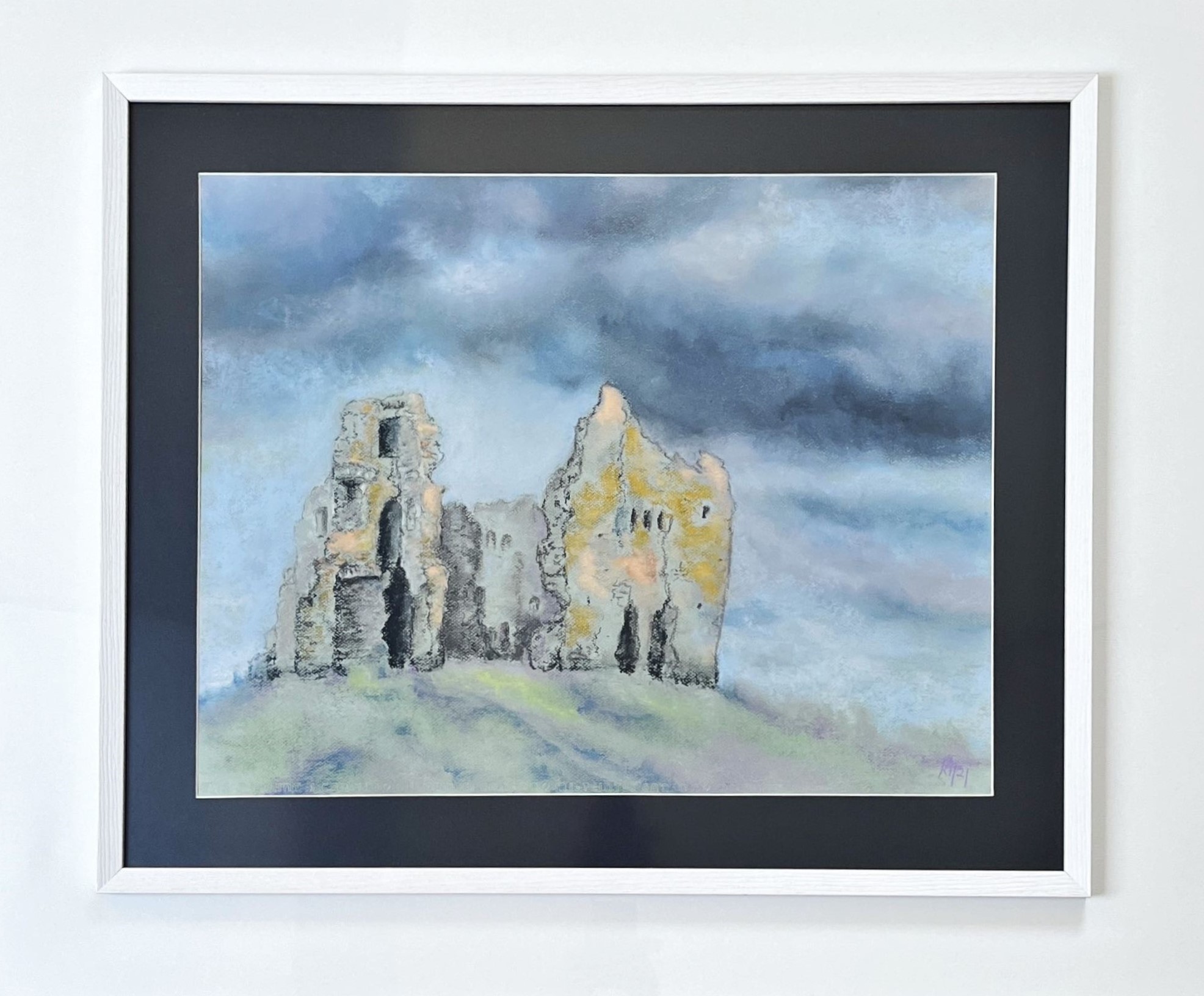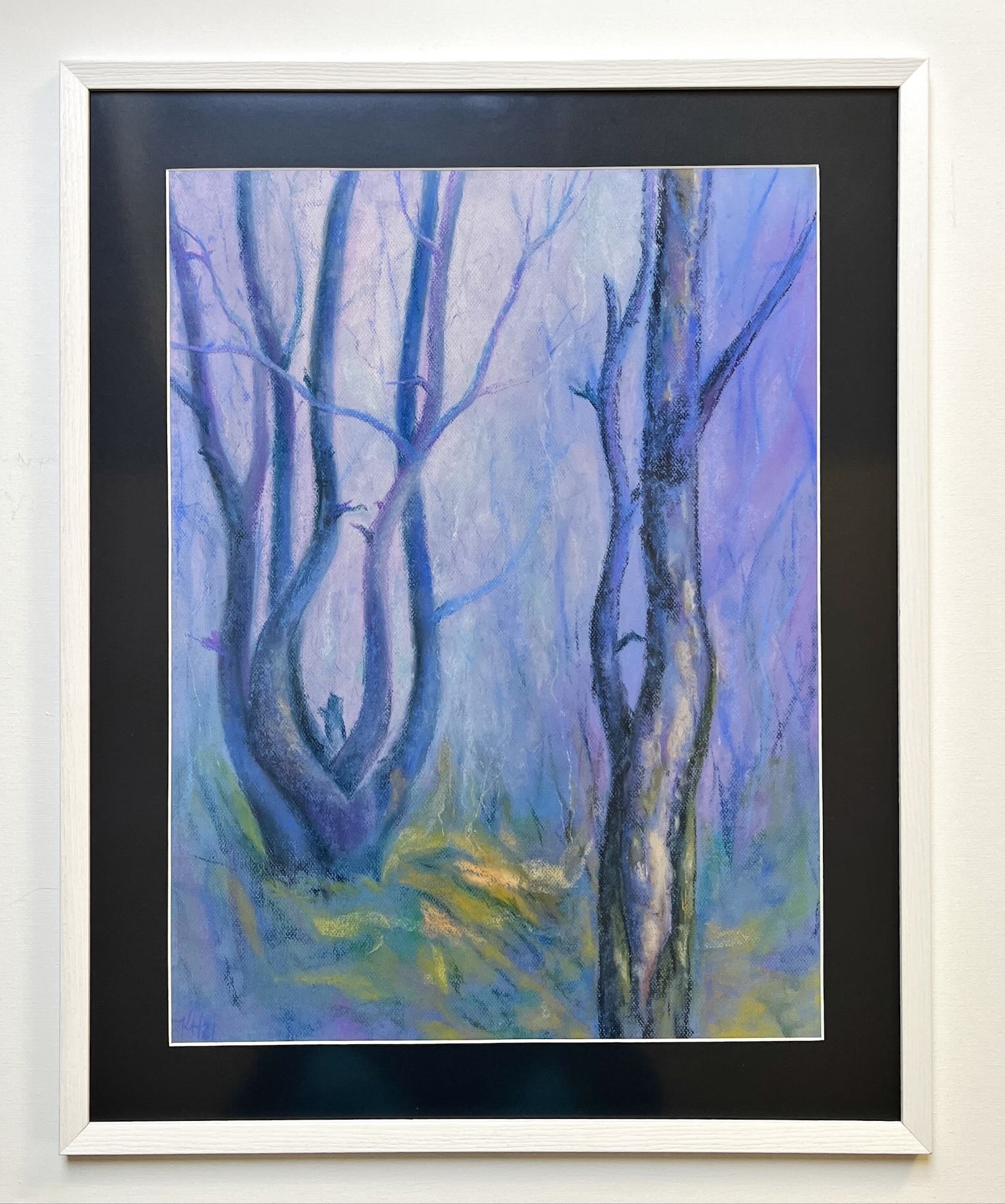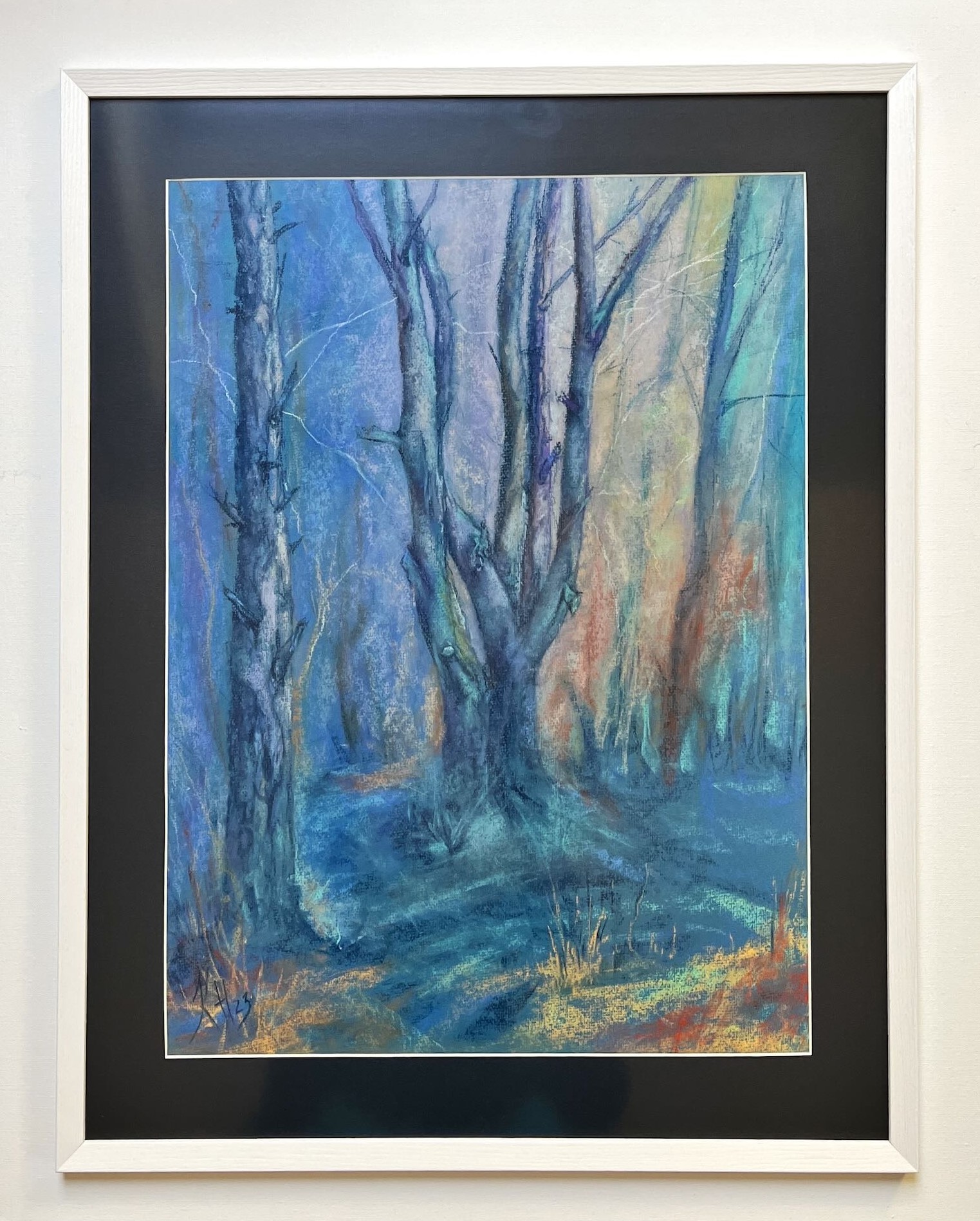Pastel is a painting technique where color layers are applied to soft and textured pastel paper using pastel sticks, known as “dry painting.”
The pigment remains loose on the paper during the process and needs to be fixed with a fixative upon completion. Depending on the treatment of the subject, a pastel piece may resemble either a colored drawing or a painting.
Read more...
A work created using pastel techniques is called a pastel painting, often simply referred to as a pastel. The same term, “pastels,” also refers to the sticks themselves.
Pastel sticks used for pastel painting are pigments mixed with a binder and rolled into stick form. To make the sticks, finely ground pigment is first mixed with water and then with a binder such as glue, shellac, gum tragacanth, or gum arabic.
History of Pastel Painting:
Pastel sticks were used in Italy as early as the 15th century for toning drawings. In 16th-century writings on painting, the artist Giovanni Lomazzo describes painting a pastello and notes that Leonardo da Vinci worked in this style. During that time, pastel technique was more commonly used in Italy for toning colored portrait drawings, but by the 17th century, it was also adopted in France and the Netherlands.
By the 18th century, pastel had fully developed as a painting technique, and this century can be considered its first golden age. The soft, light, and delicate nature of the technique matched the Rococo taste, leading to a significant number of pastel portraits being created during this period. With the rise of Neoclassicism, which favored clear, defined drawing, the popularity of pastel declined. The technique saw a revival at the turn of the century with Modernism, with notable works by Edgar Degas and Edouard Manet. While the 18th century primarily saw pastel used for portraits, it now found application in various genres such as landscape painting, portraiture, figure painting, still life, and genre scenes. Estonia’s most renowned pastel painter was Ants Laikmaa.

Ripples
Pastel painting, 2022, 62x80, frosted glass, frame.
€350

Invisible Ties
Pastel painting, 2022, 66x79, frosted glass, frame.
€390

Verdant Moss
Pastel painting, 2022, 64x79, frosted glass, frame.
€340

Ghosts of Toolse
Pastel painting, 2021, 79x63, frosted glass, frame.
€290

Water’s Mirror
Pastel painting, 2021, 79x63, frosted glass, frame.
€250

Sunlit Sand
Pastel painting, 2021, 79x63, frosted glass, frame.
€290

Metshaldjate kodu
Pastel painting, 2024, 63x85, frosted glass, frame.
€360

Purple Dreams
Pastel painting, 2021, 63x79, frosted glass, frame.
€320

Forest Light
Pastel painting, 2023, 63x85, frosted glass, frame.
€320
